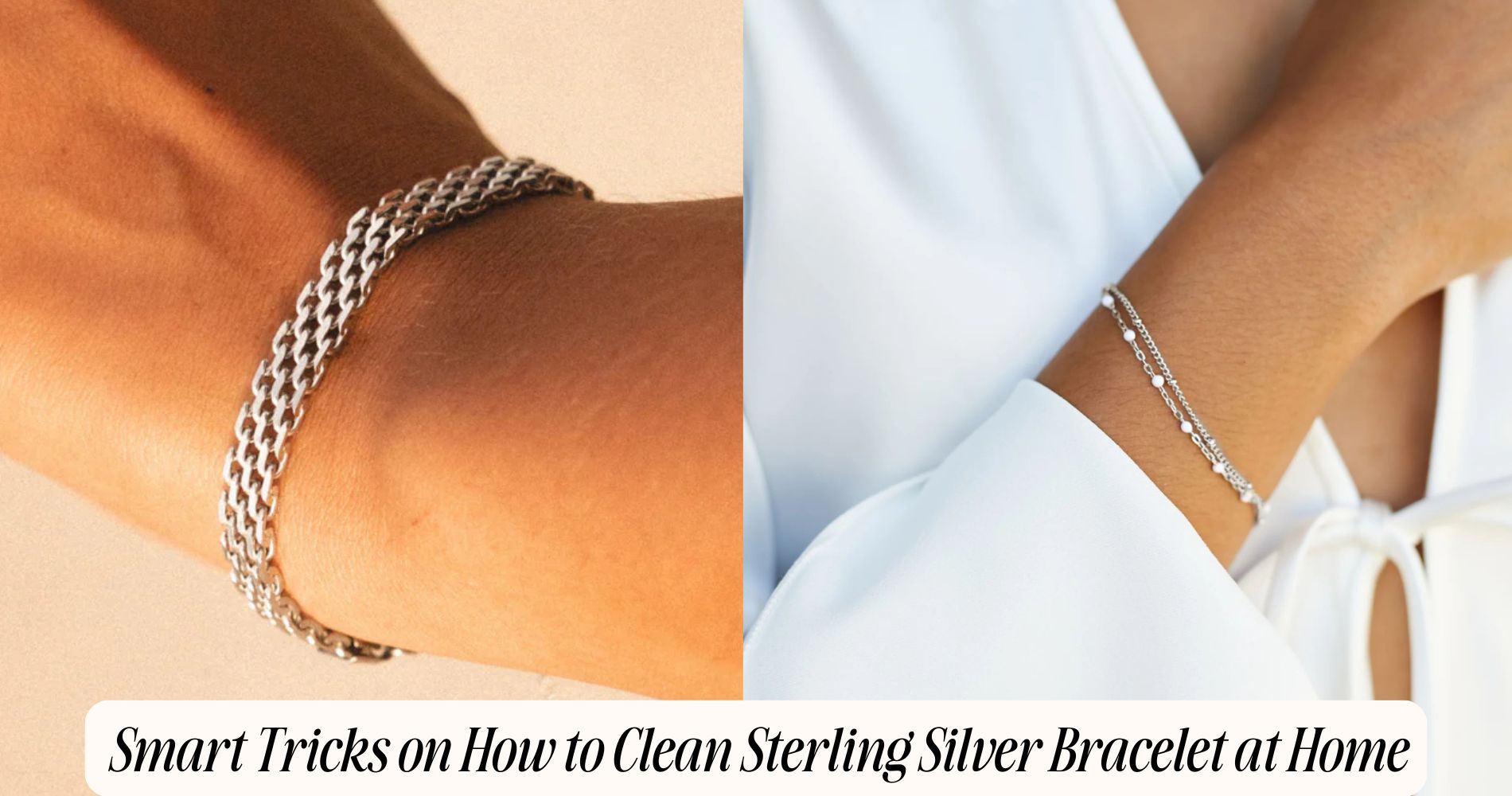
Smart Tricks on How to Clean Sterling Silver Bracelet at Home
Learning how to clean sterling silver bracelet pieces the right way keeps them shining for years. Start by wiping with pH-neutral, dye-free dish soap in lukewarm water using a soft microfiber cloth; rinse and dry immediately. For heavy tarnish, try the baking soda–aluminum foil bath (avoid gemstones or oxidized finishes) or gently polish with a tiny amount of non-gel, non-whitening toothpaste along the grain. Stay away from harsh chemicals, rubber, chlorine, and lotions. Store your bracelet in sealed anti-tarnish bags with silica gel and inspect clasps and links quarterly. For low-maintenance sparkle, explore our Waterproof Bracelet collection — perfect for everyday wear. Next, you’ll see targeted tips for chains, finishes, and streak-free shine.
Understand Sterling Silver and Tarnish
Although it looks like pure silver, sterling silver is an alloy: 92.5% silver and 7.5% copper (or other metals) to improve strength.
You should understand silver properties to manage expectations and prevent damage. Pure silver is relatively inert, but copper is reactive; that’s why tarnish forms. Tarnish causes include sulfur compounds in air (hydrogen sulfide), skin pH, perspiration, rubber, wool, certain foods (eggs, onions), and chlorinated or salty water. These agents convert surface metal to silver sulfide and copper oxides, producing the dark film.
You can slow tarnishing by minimizing exposure. Store bracelets in low-sulfur environments, use anti-tarnish strips, and keep pieces dry. Avoid latex rubber bands and off-gassing plastics. Handle with clean, dry hands.
Inspect clasps, chain links, and crevices; these micro-gaps trap moisture and accelerate reaction.
Quick Shine: Mild Soap and Soft Cloth
Before reaching for harsh chemicals, start with a gentle clean: mix a few drops of pH-neutral, dye-free dish soap in lukewarm water, then wipe the bracelet with a soft, lint-free microfiber cloth. This mild soap loosens surface oils, perspiration, and cosmetic residue without attacking the alloy.
Support delicate links with your fingers and work in straight, light strokes to avoid hairline abrasion. Keep gemstones and inlays dry unless they’re water-safe.
Rinse briefly under lukewarm running water, keeping the clasp pointed downward to prevent moisture intrusion. Immediately pat dry with a fresh soft cloth, then buff lightly to restore luster.
Don’t soak chain interiors or hinge mechanisms. Inspect for trapped moisture; use a cool hairdryer on low if needed. Store in an anti-tarnish pouch to minimize re-oxidation.
Baking Soda and Aluminum Foil Method
Two common household items—baking soda and aluminum foil—can reverse tarnish on sterling silver through a safe electrochemical reaction.
Line a non-reactive bowl with aluminum foil, shiny side up. Add your bracelet, ensuring direct metal-to-foil contact. Sprinkle 1–2 tablespoons of baking soda evenly over the piece. Pour hot—not boiling—water to submerge it. The sulfur tarnish migrates to the foil as aluminum oxidizes.
Monitor for 1–3 minutes, then remove the bracelet with tongs. Rinse under cool water to stop the reaction and flush residue. Pat dry with a lint-free microfiber cloth to prevent water spots.
Don’t use this method on silver with intentional oxidation, porous gemstones, or glued settings. Ventilate the area, avoid skin contact with hot solution, and dispose of the cooled bath responsibly.
Gentle Polish With Non-Gel Toothpaste
When tarnish is light and you want tighter control, a non-gel, non-whitening, plain fluoride toothpaste can serve as a mild abrasive polish for sterling silver.
Apply a pea-size amount to a damp, lint-free microfiber cloth. Using gentle, linear strokes—never circular—work along the metal’s grain to minimize micro-scratches. Focus on exposed surfaces; avoid porous gemstones, oxidized accents, and plated components.
Rinse thoroughly with lukewarm water, then pat dry immediately to prevent water spots. Inspect under bright light and repeat only if necessary.
Select formulas without silica beads, whitening agents, essential oils, or tartar-control additives; these increase abrasion and residue risk.
If sensitivity persists, consider toothpaste alternatives such as jeweler’s rouge cloth or a silver-specific cream.
Finish by storing the bracelet in anti-tarnish pouches to slow re-oxidation, preserving your polishing techniques.
White Vinegar and Baking Soda Soak
Although it’s a common DIY method, a white vinegar and baking soda soak demands strict control to protect sterling silver. You’re leveraging vinegar benefits—acetic acid dissolves superficial oxide films—while moderating baking soda reactions that lift sulfide tarnish.
Use a non-abrasive container, remove gemstones or porous components, and wear nitrile gloves.
Mix 1 cup white vinegar with 1 tablespoon baking soda slowly to manage effervescence. Submerge the bracelet for 5–10 minutes; don’t exceed 15 to avoid over-etching or pitting.
Agitate gently with a soft nylon brush only if needed. Rinse immediately under cool, running water to halt reactivity, then neutralize residue with a mild dish soap wash.
Pat dry with a lint-free microfiber cloth. Inspect under bright light; repeat only if tarnish persists.
Targeted Cleaning for Chains and Links
After the vinegar-and-baking soda soak removes broad tarnish, focus on the high-friction zones where grime traps: inside chain links, under clasps, and at soldered joints.
For chain maintenance, place the bracelet on a lint-free towel and stabilize it with non-marring tweezers. Use an interdental brush or soft-bristle jewelry brush to reach interstitial spaces; move along the grain to avoid micro-scratches.
For link care, thread plain, unscented dental floss through each link, seesaw gently, and lift debris without stressing jump rings.
Apply a few drops of pH-neutral jewelry detergent diluted in distilled water; agitate minimally. Rinse with a low-pressure stream of distilled water to prevent mineral spotting.
Pat dry immediately, then use compressed air or a bulb syringe to expel moisture from hinges and clasps. Inspect for wear before storing.
Caring for Gemstones, Enamel, and Oxidized Finishes
Because decorative elements demand tailored handling, identify what you’re working with before cleaning: porous gems (opal, turquoise, pearl), heat‑sensitive stones (emerald with fracture fillers), vitreous enamel, and intentionally oxidized silver.
For gemstone care, avoid ammonia, ultrasonic cleaners, and steam. Use distilled water with a pH‑neutral, dye‑free soap; apply with a lint‑free swab around settings, keeping moisture minimal near drill holes and foil backs. For emeralds, keep solutions cool and brief to protect fracture fillers.
For enamel maintenance, skip abrasives and acidic agents. Clean with a damp microfiber and mild soap; inspect for hairline cracks before any wet work.
For oxidized finishes, never dip in silver baths; use a soft brush on high points only, preserving the patina. Rinse with distilled water, then pat gently.
Drying, Buffing, and Streak-Free Shine Tips
With gemstones, enamel, or intentional oxidation protected, prioritize controlled drying to prevent water spots and trapped moisture.
Use targeted drying techniques: blot with a lint-free microfiber, then wick moisture from crevices using pointed cotton swabs or compressed-air puffs at a safe distance. Avoid heat sources that can stress settings or degrade adhesives.
Proceed to buffing methods designed for sterling: employ a clean, untreated microfiber or a professional silver polishing cloth with a gentle, linear stroke following the metal’s grain.
Apply minimal pressure; let the cloth’s embedded rouge (if present) do the work. Rotate to a fresh section frequently to prevent redepositing residue.
For a streak-free finish, make a final pass with an alcohol-dampened microfiber, then a dry wipe, ensuring no fibers, films, or polish remain.
Storage and Prevention to Keep Silver Bright
Once your bracelet is clean and dry, control tarnish by storing it in a low-oxygen, low-humidity environment.
Choose sealed storage solutions: zip-top polyethylene bags, anti-tarnish pouches, or gasketed jewelry boxes. Add activated charcoal, silica gel, or anti-tarnish tabs to adsorb moisture and sulfur compounds. Keep pieces separate to prevent abrasion; use soft, acid-free dividers.
Follow prevention methods daily: remove silver before chlorinated pools, hot tubs, cleaning with bleach or sulfur-containing products, and high-sweat workouts.
Apply lotions, perfume, and sunscreen first; let them cure before wearing. Wipe the bracelet with a clean, untreated microfiber cloth after use to remove skin oils. Store away from wool, rubber bands, and felt, which off-gas sulfur.
Inspect quarterly and replace desiccants when color indicators change.
Frequently Asked Questions
How Often Should I Professionally Clean a Sterling Silver Bracelet?
Schedule professional services every 12–18 months as your baseline cleaning frequency. If you wear it daily, reduce to 6–12 months. Between visits, store it dry, avoid chemicals, and use non-abrasive cloths to prevent premature wear and stone loosening.
Can Ultrasonic Cleaners Damage Certain Silver Bracelet Designs?
Yes. You risk damage from cavitation. Evaluate ultrasonic cleaner risks against silver design considerations: porous oxidation, soft solder joints, gemstone inlays, hollow links, antique patina, and enamel. When uncertain, test briefly, use mild solution, or consult a jeweler.
Is Wearing Silver in Chlorinated Pools Safe for the Metal?
No. Chlorinated pools accelerate silver tarnishing. Chlorine exposure forms silver chloride, pitting and discoloring the metal. You should remove bracelets before swimming, rinse immediately after incidental contact, dry thoroughly, and store airtight. Consider rhodium plating for added corrosion resistance.
How Do I Verify a Bracelet Is Genuine Sterling Silver?
Verify sterling silver by performing silver authenticity tests: check hallmark identification (925, Sterling, S925), use a rare-earth magnet (nonmagnetic), conduct an ice test (rapid melt), and apply nitric acid spot-test cautiously with PPE. Confirm via professional XRF assay.
Conclusion
You’ve got the tools to restore luster safely and fast. Use mild surfactants first, escalate to baking soda–foil or non-gel toothpaste only when needed, and verify compatibility for gemstones, enamel, or oxidized finishes. Rinse thoroughly, dry completely, and buff with a nonabrasive microfiber to avoid micro-scratches. Inspect chains and hinges, removing residue from crevices. Finally, store in anti-tarnish pouches with silica gel, minimize sulfur exposure, and rotate wear. Consistent, controlled care keeps sterling silver bright and damage-free.






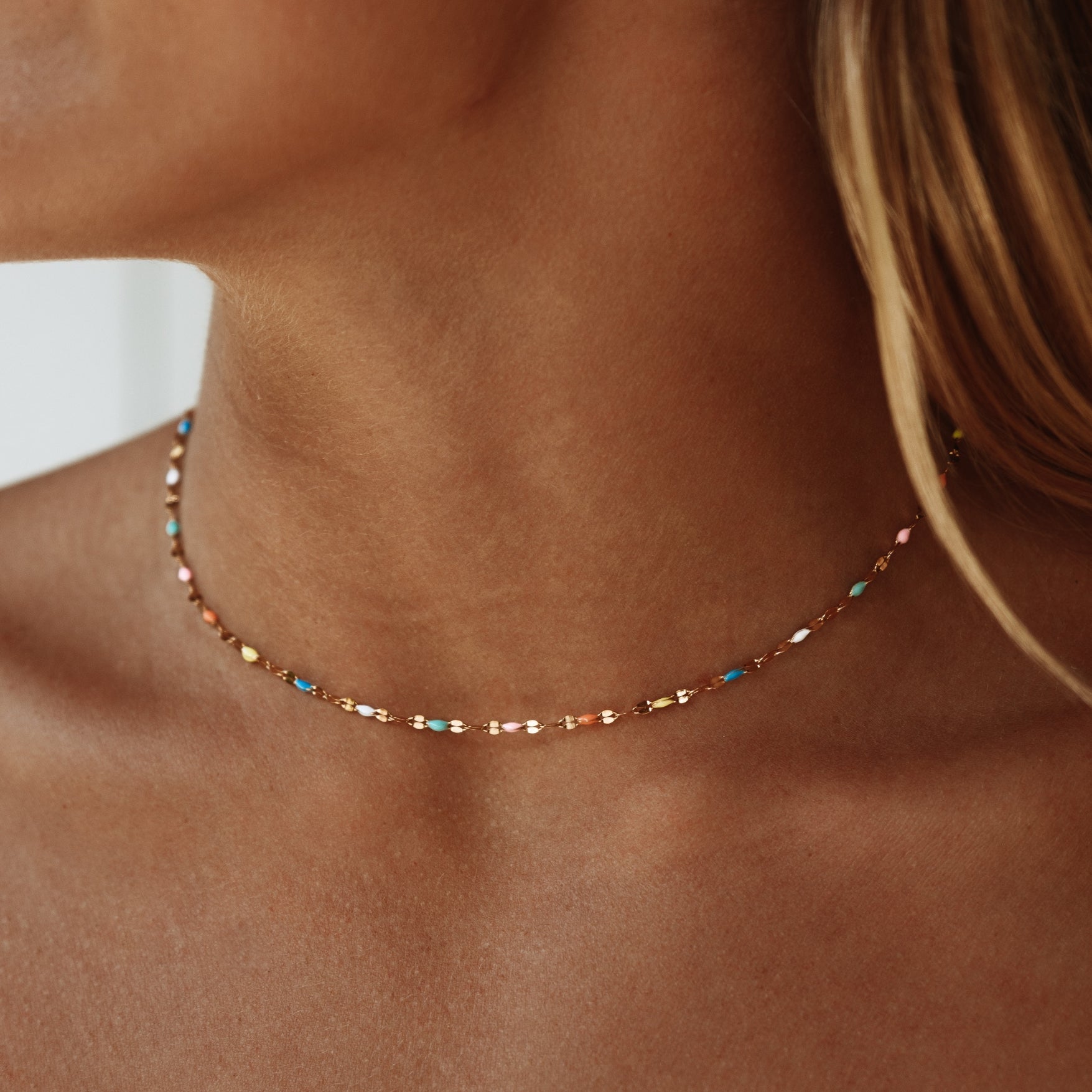
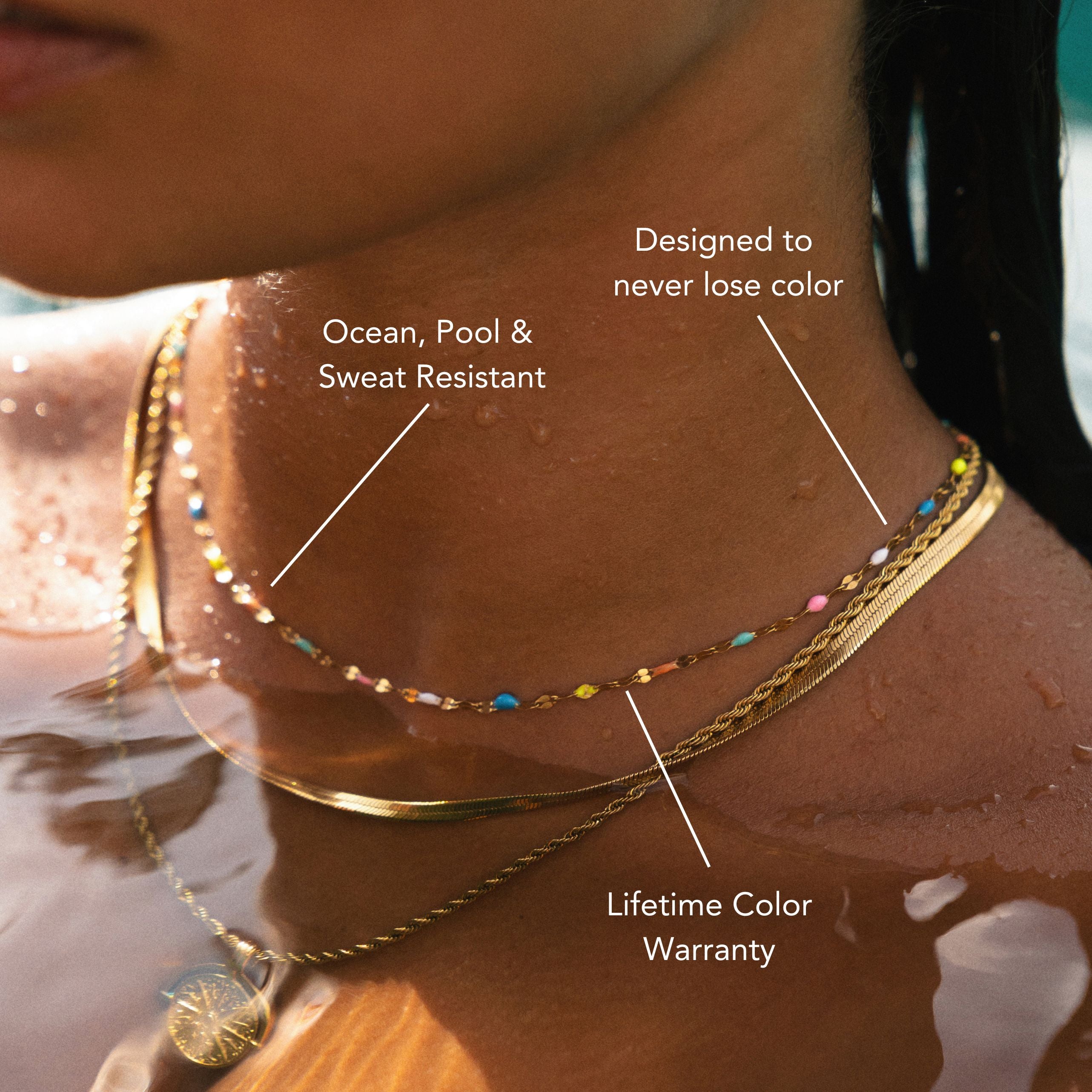
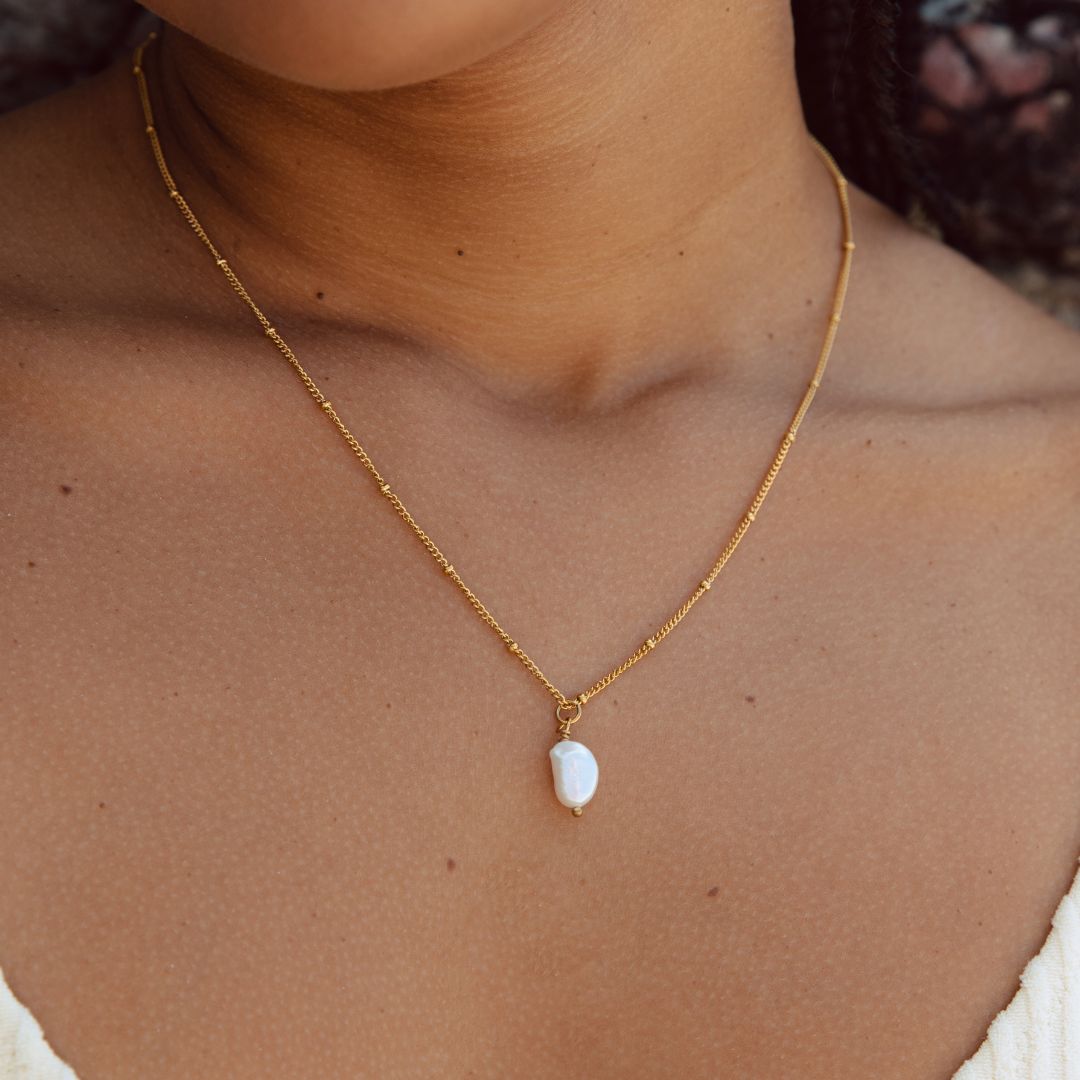

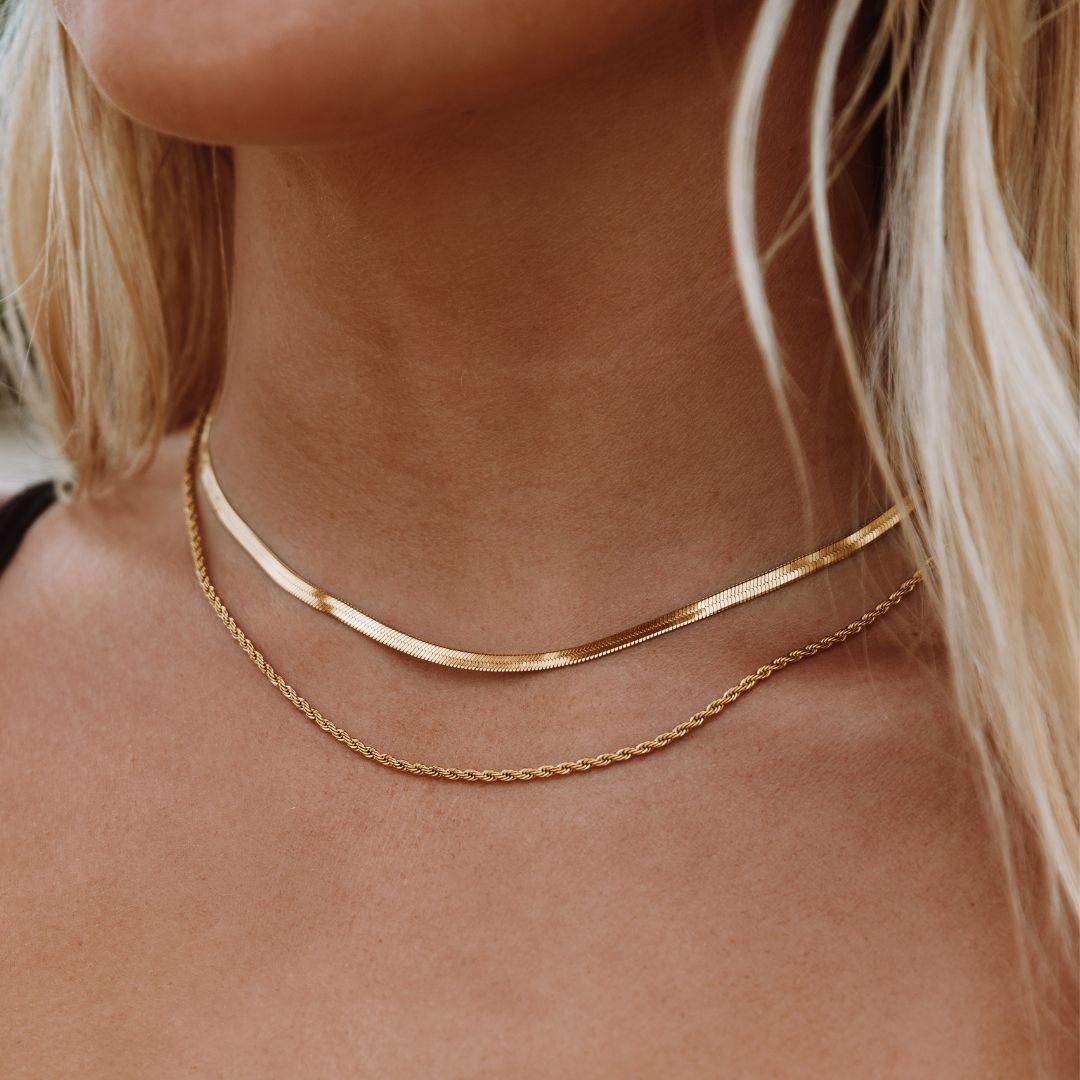
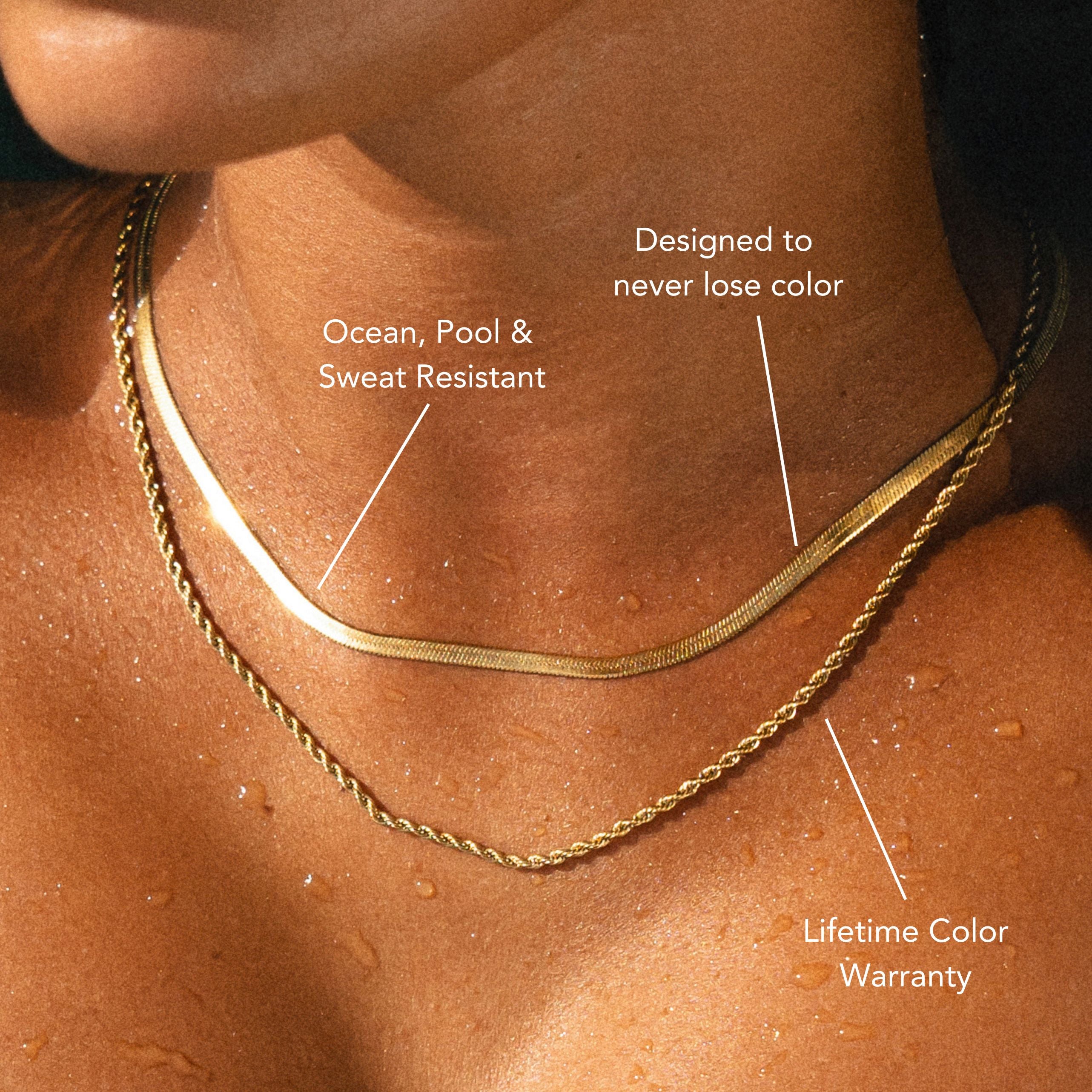

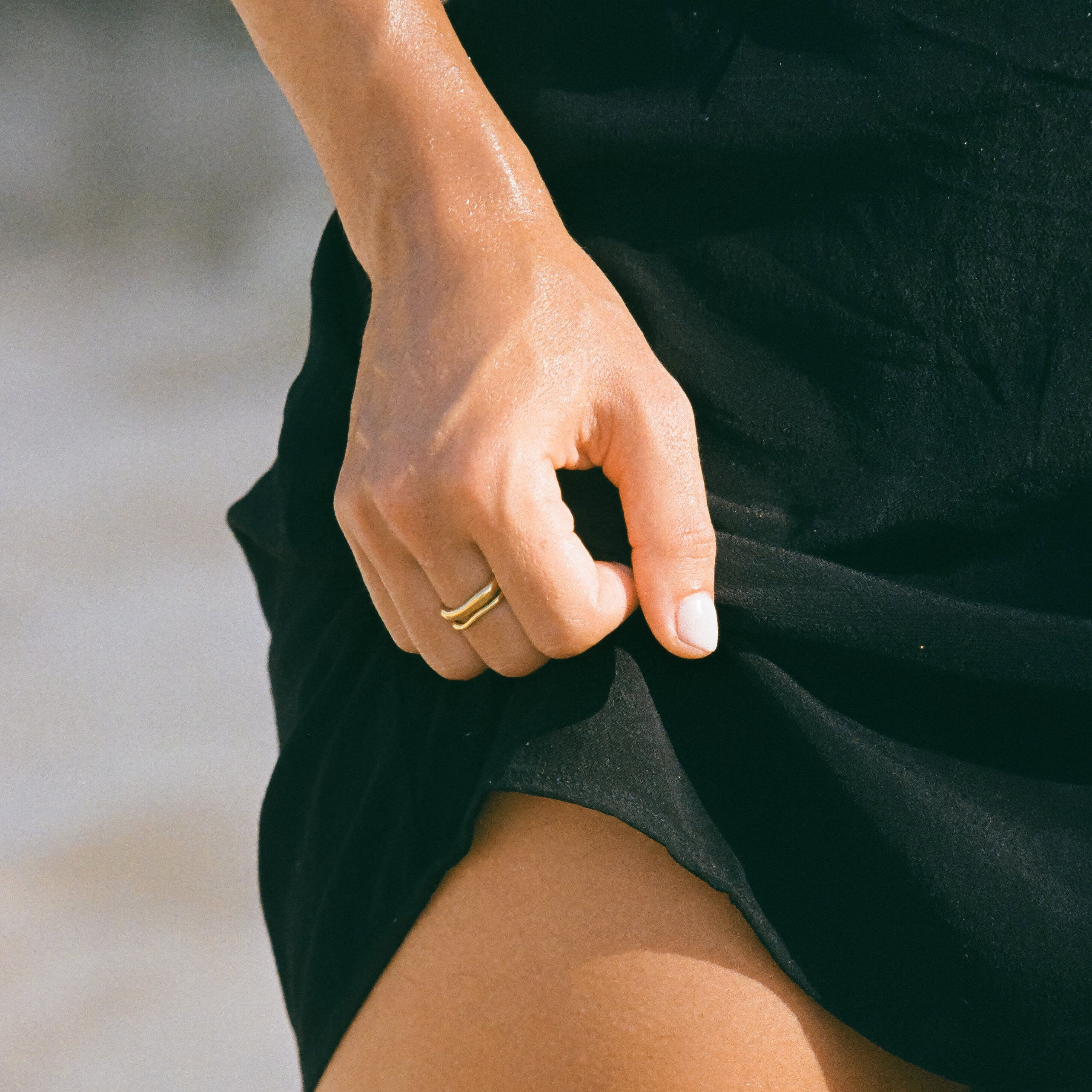


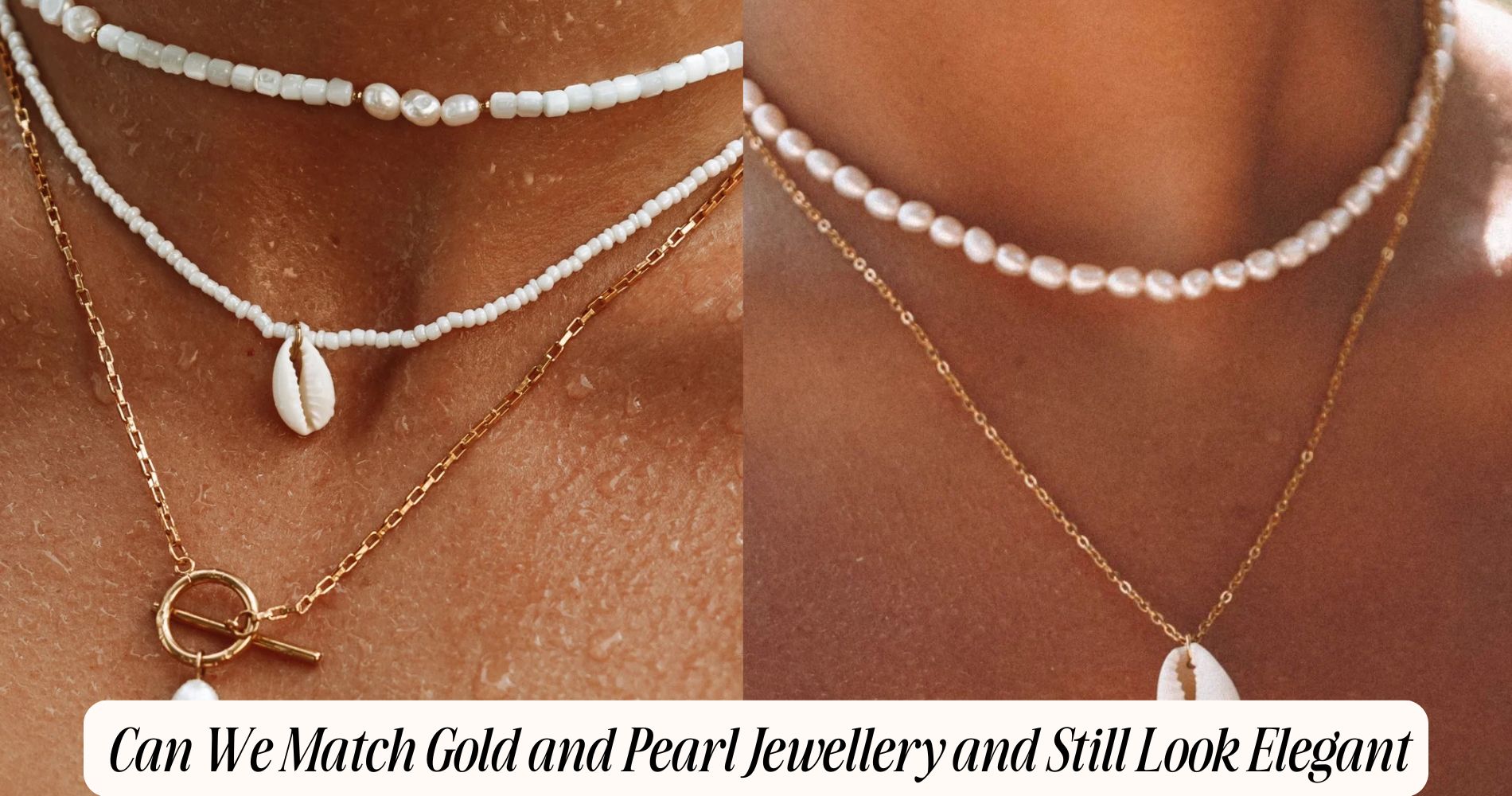





Leave a comment
This site is protected by hCaptcha and the hCaptcha Privacy Policy and Terms of Service apply.